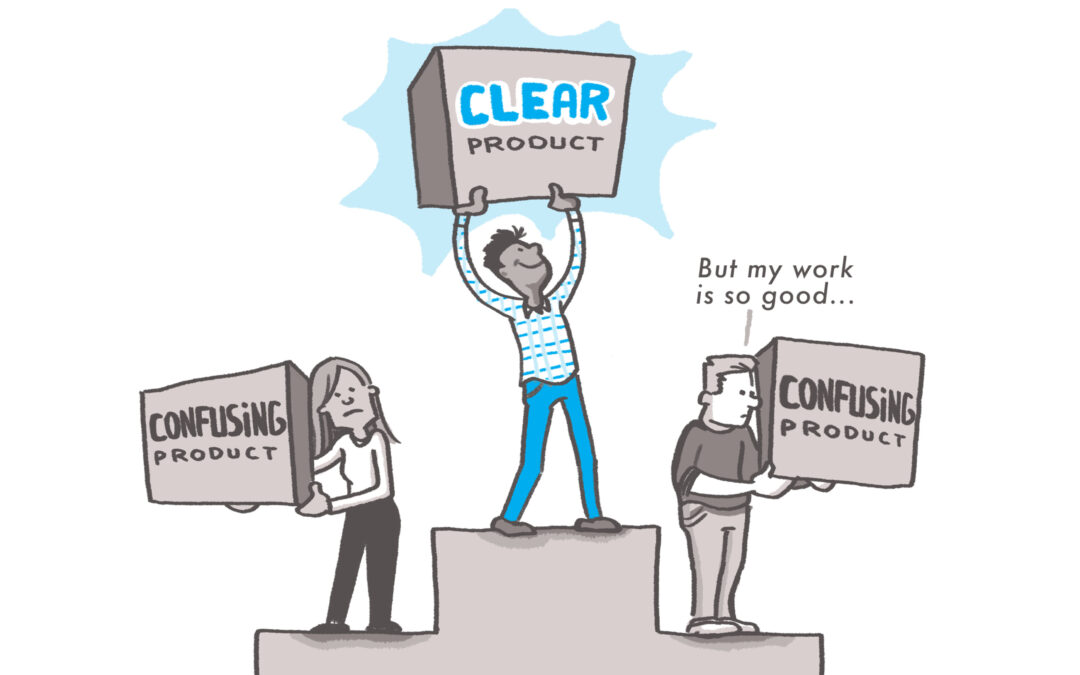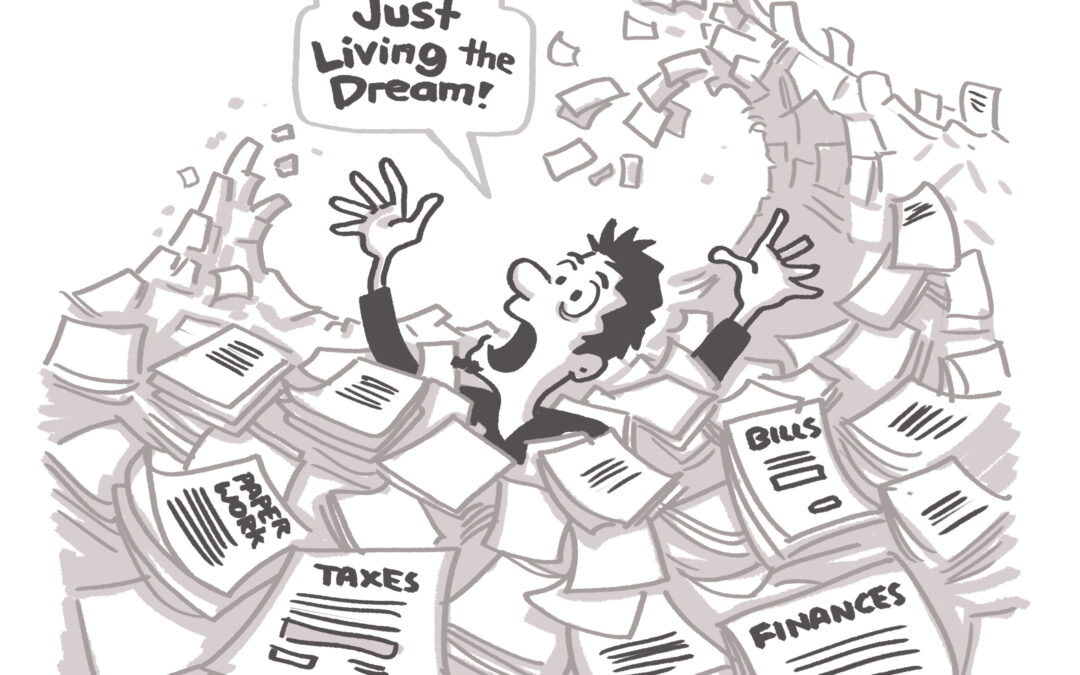
Client Multiplication: 4 Steps to Turn One Customer into More
For a creative freelancer or entrepreneur, landing your first client matters. That’s obvious. However, what matters more is whether you can land your second, third, or fourth client. Or whether you can re-book that first client.
Why? Three reasons:
Reason #1. Almost anyone can land their first client, customer or paying job. Someone, somewhere can eventually be convinced to give you money for your thing. It’s bound to happen.
Reason #2. Earning a second client, or repeat work from the first client, proves that the first client wasn’t just a fluke. A second, third or fourth paying customer shows that the first paying customer didn’t make a mistake. It shows that your product or service can go the distance.
Reason #3. The second or third client is what gets the snowball rolling. As you gain more clients, the momentum behind your business increases.
Here’s the deal: Your first client matters, but your second client matters more.
So, how do you go about turning one client into many clients? Here is a simple four-step process for after you’ve done the work:
- Ask your first client for referrals. Most customers know other people like them who might also be interested in your work. So, ask for their names!
You can either ask the first client for direct referrals (via simple email introduction) or indirect (by giving you some names or email addresses for you to follow-up on). Make it simple and ask for just two to five people who could benefit from your work.
- Publish what you did for your first client. Assuming the work is not confidential, tell as many people possible about what you did for the first client.
Put it on social media. Feature it in your portfolio. Tell others about the problem the client had and how you solved it. Be clear and concise. Brag on yourself, sure, but mostly tell about how you addressed your first client’s needs and made their world better.
Make the client seem like the hero of the story…you were just there to help get them to their happy ending. You might even consider asking the client for a testimonial, which brings us to step three…
- Ask your first client for a public endorsement. After you’ve published a “case study” of what you did for the first client, ask him or her to publicaly endorse it.
This could be as simple as asking them to re-share on their social media networks (LinkedIn is great for this), writing an online review, or doing a formal testimonial.
If you feel comfortable with this, you ask for testimonial before the case study and make it the focal point of the case study.
- Ask your first client for more Finally, the easiest way to turn one client into many clients is to simply ask the first client to work with you again.
One helpful way to ease into this is to begin by asking for feedback on how you did. If the feedback is positive, then this becomes a natural segue to suggest working together again.
Did you notice a theme with most of these steps? So much depends on your willingness to ask.
If you don’t ask, it probably won’t happen.
So, summon the courage, and ASK.
Finally, I’ll leave you with two crucial “pre-steps” to make all these steps actually work. In order for the “four steps to turn one customer into more customers” to be successful, you must, and I mean MUST, have already done these two things.
Must must must MUST!
YOU MUST:
- Have done a killer job
- Been likeable and friendly in the process
It’s as simple as that.
Do amazing work.
Be pleasant to work with.
If you do these two things, your first client (and future clients) will bend over backwards to help you earn MORE clients.






